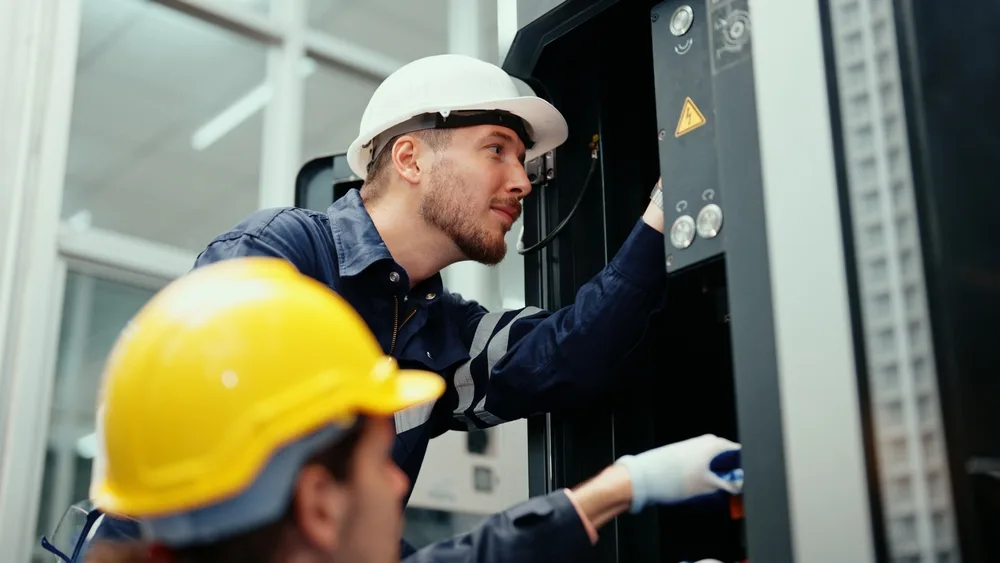Mastering Heat Exchangers: Comprehensive Guide to Types, Applications, Design, Operation, and Maintenance Course
Introduction:
Heat exchangers are crucial components across various industries, enhancing efficiency and reducing operational costs. This comprehensive heat exchanger training course covers the different types of industrial heat exchangers, their operational purposes, and design considerations. Participants will gain a deep understanding of heat transfer principles, relevant design codes, and standards such as API, TEMA, and ASME. The course addresses essential topics, including material selection, heat exchanger thermodynamics, and efficiency improvement, emphasizing their impact on cost and performance.
Objectives:
By the end of this course, participants will:
- Understand the pivotal role of heat exchangers in optimizing plant operations.
- Gain in-depth knowledge of heat transfer principles and fluid dynamics related to thermal design.
- Learn methods for mechanical design in accordance with industry codes and standards.
- Identify cost-effective strategies and best practices for enhancing heat exchanger performance.
- Comprehend hydraulic, thermal, and mechanical factors affecting heat exchanger design and operation.
- Learn to recognize and address performance issues to conserve energy and extend service life.
Training Methodology:
- Case Studies
- Interactive Workshops
- Simulated Scenarios
- Group Discussions
- Lectures by Specialists
Course Outline:
Unit 1: Types and Application of Heat Exchangers
- Overview and fundamental principles
- Heat exchange applications in industries such as petroleum, petrochemical, and process
- Principles of heat transfer and heat transfer coefficients
- Categories of heat exchangers:
- Shell and tube heat exchangers
- Compact heat exchangers
- Plate type heat exchangers
- Printed circuit heat exchangers
- Heat pipes
- Air-cooled heat exchangers
- Regenerative heat exchangers
- Design and configuration of Shell and Tube Heat Exchangers (STHE)
Unit 2: Thermal and Hydraulic Design of Heat Exchangers
- Sizing and specifying heat exchangers
- Temperature difference in STHE
- Flow arrangements: countercurrent, co-current, cross-current
- TEMA flow arrangements and comparisons
- Velocity triangles and performance derivation
- Pump performance curves and system curves
- Flow of fluids, pressure loss, and heat exchange principles
- Condensers and Reboilers
Unit 3: Mechanical Design of Heat Exchangers
- Design and construction codes: ASME BPVC section VIII, API 660, 661, 662, TEMA
- Basic design aspects of STHE, PHE, and ACHE
- Piping loads and material selection
- Construction materials and fabrication
Unit 4: Operation and Maintenance of Heat Exchangers
- Fouling: types, mechanisms, and economic impact
- Prevention and mitigation of fouling
- Corrosion and erosion considerations
- Inspection methods and troubleshooting
- Maintenance activities, performance monitoring, and testing
- Flow-induced vibration: mechanisms, prediction, and design considerations
- Cleaning techniques and procedures
- Repair and replacement methods
- Economical maintenance and repair approaches
Unit 5: Enhancement and Optimization of Heat Exchangers
- Methods for improving heat transfer and fluid flow:
- Finned tubes
- Tube inserts and sintered coatings
- Enhanced tube bundles
- Capillary slug, odd baffle, twisting tube, and pinch
- Optimization of heat exchanger units
- Fundamentals of heat exchanger systems


















